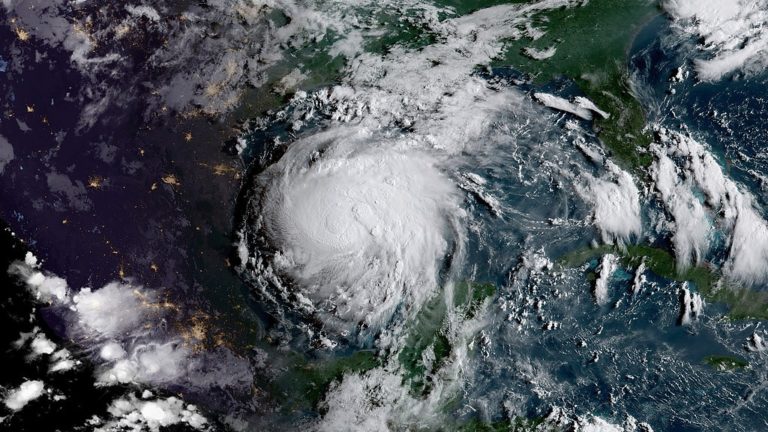Bayou City Waterkeeper and Waterkeeper Alliance Respond to Harvey Devastation
By: Waterkeeper Alliance

Bayou City Waterkeeper and Waterkeeper Alliance are responding to Hurricane Harvey, working to assess the damage the record-breaking storm has brought to southeast Texas. Deploying the Waterkeeper Alliance’s Rapid Response Protocol, Bayou City Waterkeeper and Waterkeeper Alliance staff are working to support local communities and are developing a long-term cleanup and water monitoring plan for when flood waters recede.
“With Harvey, as with Katrina, Rita and Ike, numerous refineries and petrochemical facilities are at risk of inundation and subsequent release of hazardous contaminants,” said Bruce Bodson, Lead Scientist at Bayou City Waterkeeper. “We have concentrated hazardous facilities located in areas at risk for the country’s most extreme weather events. Most prepare for a 100-year storm event. Here in Houston, Harvey is the fourth 500-year event in the past three years. With climate change, warmer climates and sea level rise, this is the new normal. We need to prepare and plan for this new reality.”
“Harvey has brought record-breaking flooding to Houston, a city with lax environmental zoning, densely concentrated polluting industries, and a history of environmental racism,” said Marc Yaggi, Executive Director of Waterkeeper Alliance. “Petrochemical plants and oil refineries are flooding toxins into our water bodies, hitting Houston’s communities of color the hardest. Waterkeeper Alliance is committed to empowering these communities and demanding a proper cleanup, paid for by the responsible polluters.”
The Waterkeeper Alliance Rapid Response Team initiative is an innovative solution that provides trusted and independent emergency response to disasters on our waterways nationwide. In partnership with Bayou City Waterkeeper, Waterkeeper Alliance will work with local communities in the aftermath of Harvey to speak truth about the devastating impacts to the Galveston Bay watershed. In a climate of lax federal regulations and extensive budget cuts to departments of environmental conservation, the need has never been greater.
*Photo Credit: NOAA/NASA GOES Project